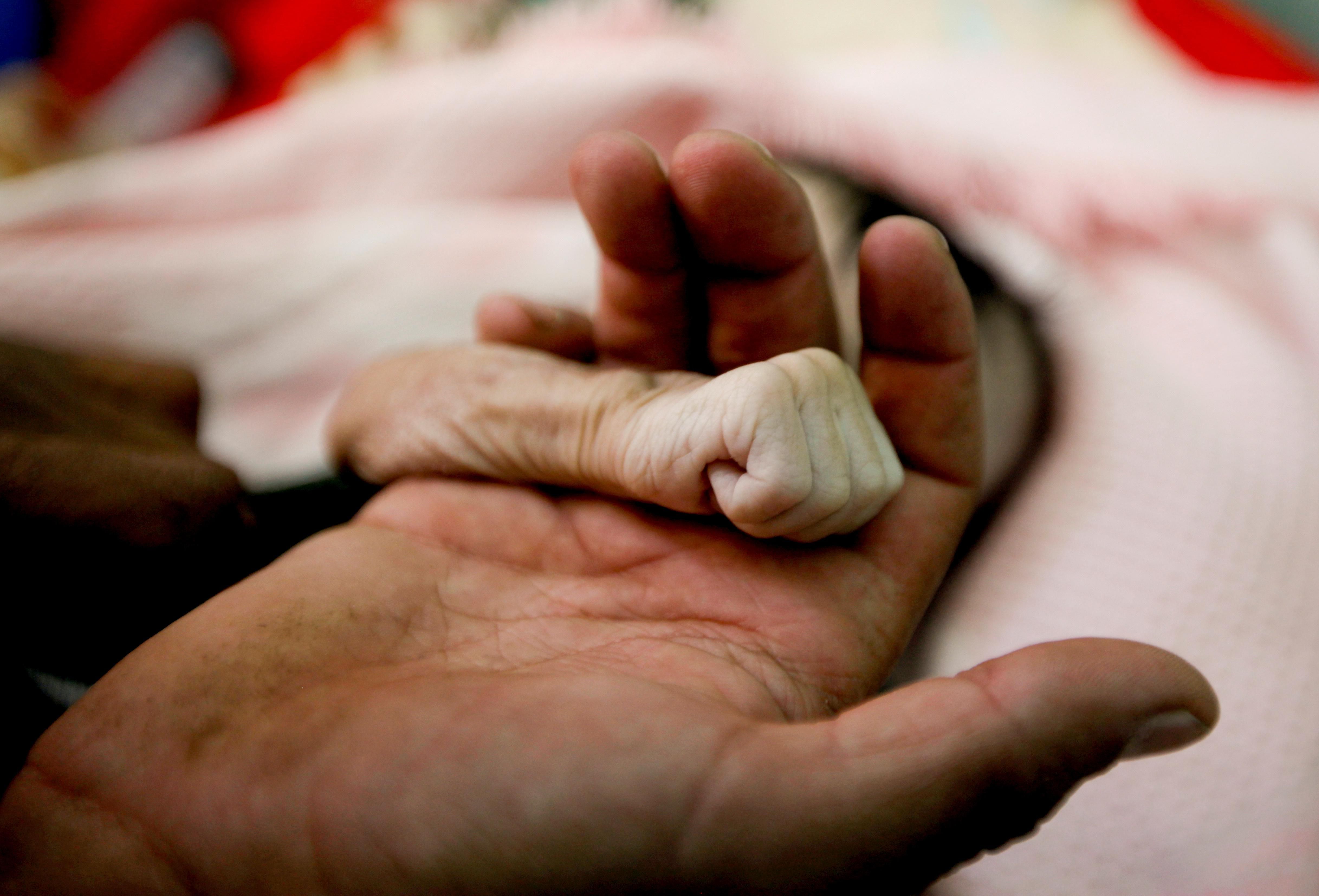News
April 01, 2021
2: For the second time in just three years, war-torn Yemen is on the verge of widespread famine as international aid amid the pandemic has dried up. In 2018, donations from countries including the UAE, the US and Saudi Arabia helped pull Yemen back from the brink, but a recent UN pledging event failed to raise enough international funds to meet Yemen's needs.
1,200: A boat carrying roughly 1,200 survivors fleeing Islamic State violence in Mozambique has arrived at the Tanzanian island of Pemba. Aid groups believe that tens of thousands of people have been displaced by the recent insurgency, many of whom fled to dense forest areas or tried to escape by sea.
15 million: Around 15 million doses of the Johnson & Johnson COVID jab contaminated by staff in a lab in the US city of Baltimore now need to be recalled, delaying efforts to deliver 24 million more doses of the J&J vaccine nationwide by the end of this month. Importantly, none of those doses had left the production site.
44: Canada has secured the most COVID vaccines per person than any country in the world, but it still lags way behind in getting the jabs into people's arms: it now ranks 44th globally in vaccinations administered per capita, according to Bloomberg. The lag is partly linked to Canada's reliance on overseas manufacturers in the US and EU, where vaccine exports have been delayed and in some cases suspended.
More For You
Miami Mayor-elect Eileen Higgins points as she thanks her staff and supporters on the night of the general election, on Tuesday, Nov. 4, 2025.
Carl Juste/Miami Herald/TNS/ABACAPRESS.COM
A Democrat won Miami’s mayoral race for the first time in nearly 30 years. The Republican defeat will ring some alarms for the party – and their support among Latino voters.
Most Popular
Walmart’s $350 billion commitment to American manufacturing means two-thirds of the products we buy come straight from our backyard to yours. From New Jersey hot sauce to grills made in Tennessee, Walmart is stocking the shelves with products rooted in local communities. The impact? Over 750,000 American jobs - putting more people to work and keeping communities strong. Learn more here.
© 2025 GZERO Media. All Rights Reserved | A Eurasia Group media company.
